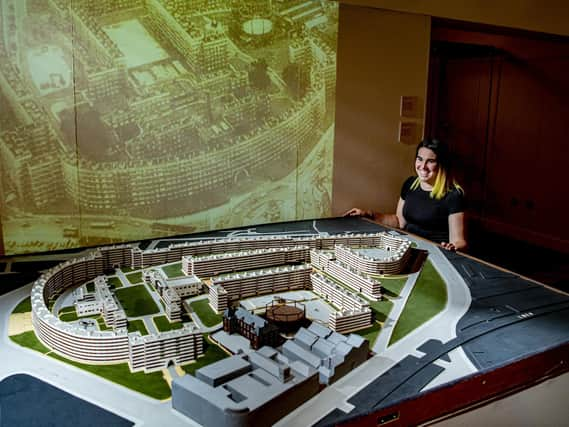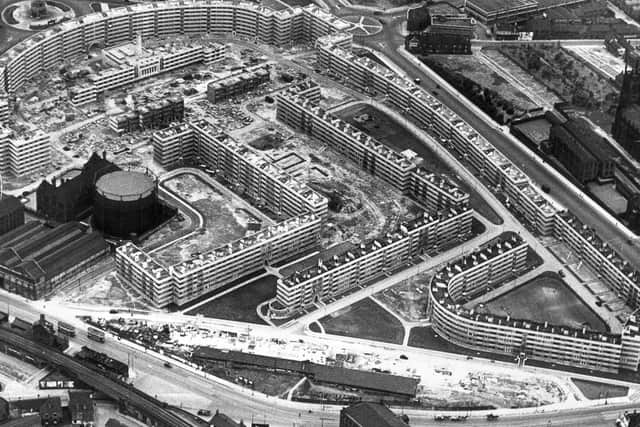Model of Quarry Hill flats in Leeds among items on display as Leeds Museums and Galleries celebrates 200th birthday


But many in Leeds will look back fondly on the Quarry Hill flats - the site of which is today home to Leeds Playhouse and Leeds Conservatoire as well as BBC Leeds.
An incredibly detailed model of flats - once the largest social housing complex in the United Kingdom and lauded for its solid fuel ranges, electric lighting and communal features - are among the fascinating objects in an exhibition celebrating 200 years of the Leeds Museums and Galleries collection.
Advertisement
Hide AdAdvertisement
Hide AdThe museum’s origins lay with the the Leeds Philosophical and Literary Society and many early objects were brought in from outside the city - including a fossil collection by Etheldred Bennet, reputed to be the “first woman geologist”.


It was in the 1920s under a female curator Violet Crowther that interest turned to more local objects and it’s possible that a 1920s hat in the display is hers.
“She was collecting things that would represent people in Leeds and their lives,” said project curator Catherine Robins.
Another of the day-to-day objects chosen to go on display is an apron worn by a factory worker called Nellie Burnley who possibly worked processing the wool that went to companies like Burton for suits. In the 17th and 18th centuries Leeds prospered and expanded as a centre of the woollen industry and it continued to expand rapidly in the Industrial Revolution.
Advertisement
Hide AdAdvertisement
Hide AdAlso on display is a heavy duty Featherlight spring for lorry suspensions, made by ThyssenKrupp Woodhead on Kirkstall Road. The firm made motor parts since 1850, but their factory was irreparably damaged by the Boxing Day floods in 2015 and had to close.
Visitors will also be able to see objects related to the city’s health - including a map of the Leeds water supply from the 1830s, a smallpox vaccination certificate from 1862, and a Covid-19 facemask, which became part of the collection last year.
The city’s history of brewing beer is also not forgotten - from a cistern once used by the monks of Kirkstall Abby to a can from Northern Monk, one of the city’s craft breweries.
Lucy Moore, project curator, said: “What we’ve looked to capture in this exhibition is exactly how our collection has mirrored the city’s ever changing face because above all else, this collection belongs to the people of Leeds and it should always reflect them.
Advertisement
Hide AdAdvertisement
Hide Ad“Of course, we have more work to do to achieve that, and we hope the exhibition also makes people think about what they want to see from their museums in the future too.”
Leeds Museums & Galleries’ 200th Birthday runs until January 9